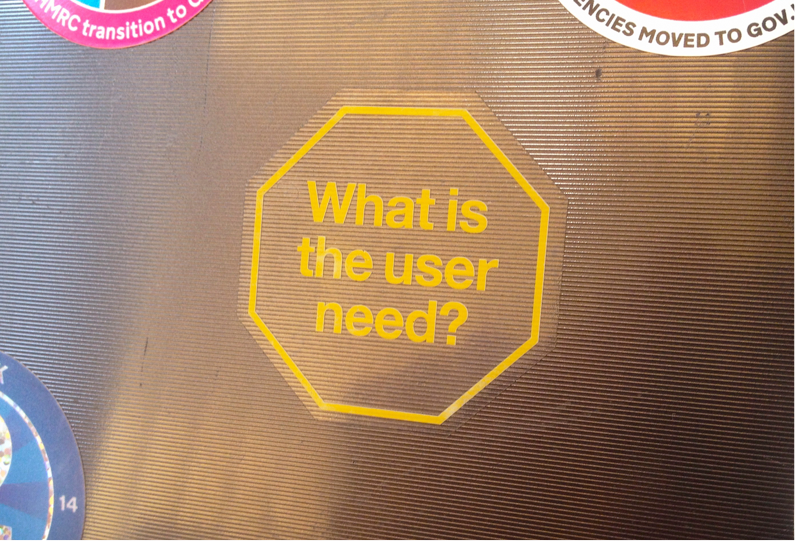Why we hire design specialists

At DWP Digital we hire specialists to help us deliver user-centred design. Up until now we’ve focussed on interaction design, content design, user research and front-end development. As I’ve written about recently, we’re now hiring service designers to help us design services.
Since taking the role of Head of User Experience (UX) I’ve been deliberate in insisting that we don’t hire user experience designers or UX’ers. UX roles are usually more generalist positions with responsibility for design and research within a team.
The idea of hiring specialists recognises that we intend to do something well. We hire service designers because we want to design services well. It’s the same for user research or content design.
The job for all these people is to help a team do something well. It’s why we say user research is a team sport. It’s also whey we work hard to help teams understand different specialisms. Melanie Cannon‘s user-centred content principles are a great example.
The size and scale of the services we’re working on means we need this level of specialism and focus.
User experience isn’t the job of one person. It’s the result of everything that happens within a delivery team and the policy that’s we’re delivering as part of a product or service.
Putting users first isn’t always easy. So having a dedicated team of design specialists working together helps us to make sure that this happens.
Staying focussed on user experience
Designing for experience is only possible if you set out to design everything that happens when people come into to contact with your organisation and the services you deliver.
In my experience, the biggest problems we face is a lack of focus in teams. The ability to focus on the right problem, the right touch point or content as part of what’s experienced by end-users.
A service designer is someone focussed on making sure that we’re deliberate in how we approach problems and design every aspect of a service.
This means not excluding administrative or ‘back end’ systems and processes, thinking beyond the direct interactions users have with a service, such as the user interface or content.
It’s about having eyes across everything that’s happening inside and outside of a service, and the inner workings of the organisation itself. Every channel, every process, every touch point and every pain point.
It’s a total focus on policy outcomes as experienced by people. Making sure that every small detail of how something works and operates at scale is taken into account.
No one designs a service on their own
This is the important point.
With the size and complexity of the things we’re delivering in government it’s rare for a service designer to be ‘designing the service’.
Instead, service designers work to facilitate a design process, making sure the service is designed.
Design is also a team sport.
I see the role of all user-centred design roles in a government as maintaining a focus on intentional design for people. This works all the way through policy, ‘digital’ delivery and how we operate live services.
In the end specialism is simply another aspect of team work.
Everyone is designing the service. The unit of delivery is the team, with user-centred designers keeping a relentless focus on the people we’re designing for.
If you’re interested in our service design or user research roles then visit the DWP Digital careers site.
This is my blog where I’ve been writing for 20 years. You can follow all of my posts by subscribing to this RSS feed. You can also find me on Bluesky and LinkedIn.